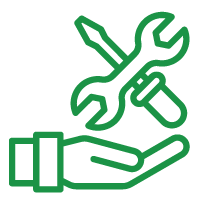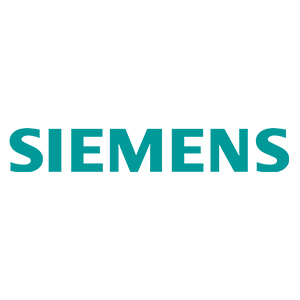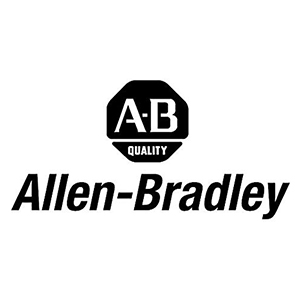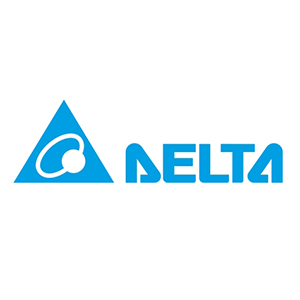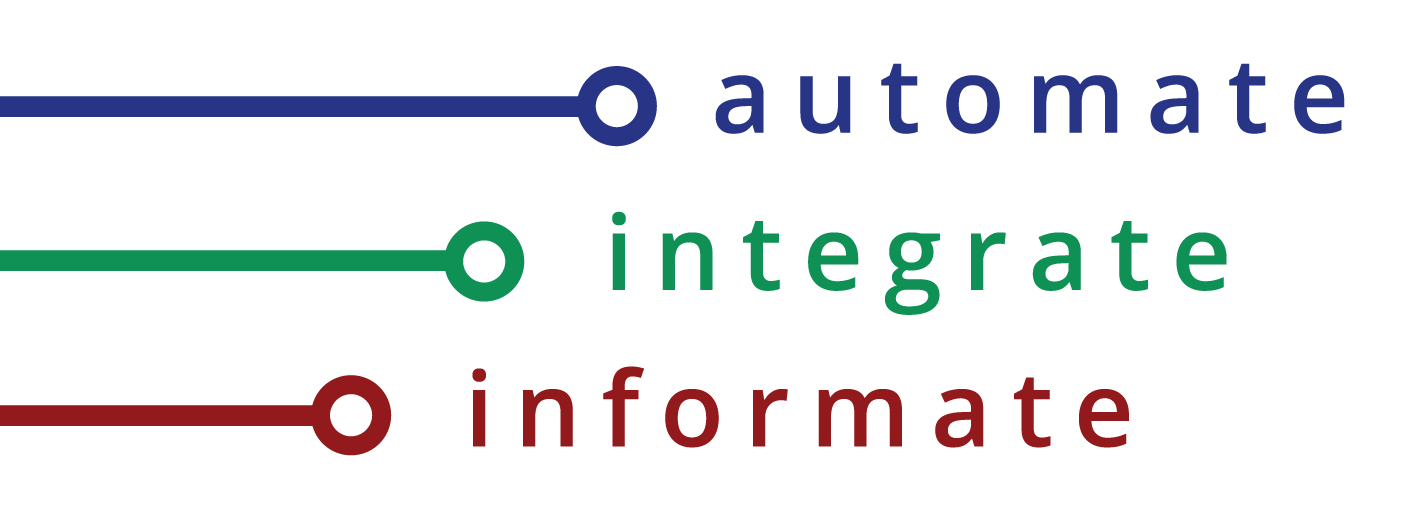SCADA Solutions
Integrate your assets and data. Visualise your processes. Make smart decisions
Is poor production insight hurting your profits?
- Is the lack of good visibility leading to control headaches?
- Does downtime dominate over uptime?
- Are reworks and discards draining your profits?
- Are you making the most of your operational data?
- Do your operators full understand your processes
Your production floor shouldn’t feel like a constant battle zone, trying to conquer issues in order to increase throughput, raise efficiency or improve quality.
Let Mescon help you find the best solution to achieve the results you expect.
How a good SCADA can improve your operations
“The entire design, development and implementation process with Mescon was extremely positive resulting in an excellent system that has delivered value beyond our expectation. Mescon is a great team to work with and I look forward to our next collaboration”.
Chris H
We give you hindsight-like, real-time control and visibility of your production equipment and processes.
Our approach to making your job easier.

Talk with an expert about your need.
Book a call to talk with an engineer about the specifics of your problems or situation. It may even be beneficial for us to make a site visit.

Co-develop the best solution.
We work with you to produce a proposal so you can be certain of what will be done, what it will cost, and the expected benefit.

Enjoy the outcome hoped for.
Our goal is not to sell you a solution but rather provide you with an outcome that gives you what you wanted, and hopefully more!
The Benefits of Working with Mescon

Diverse Experience
The team at Mescon holds over 30 years of experience with broad industry experience and exposure to many systems.

No 'Cookie-Cutter' Results
Mescon listens and takes into account your situation and desired outcomes with every solution it proposes.

Satisfaction Driven
When you are happy, then we can be happy as it is our goal to achieve the best outcomes possible for you.




